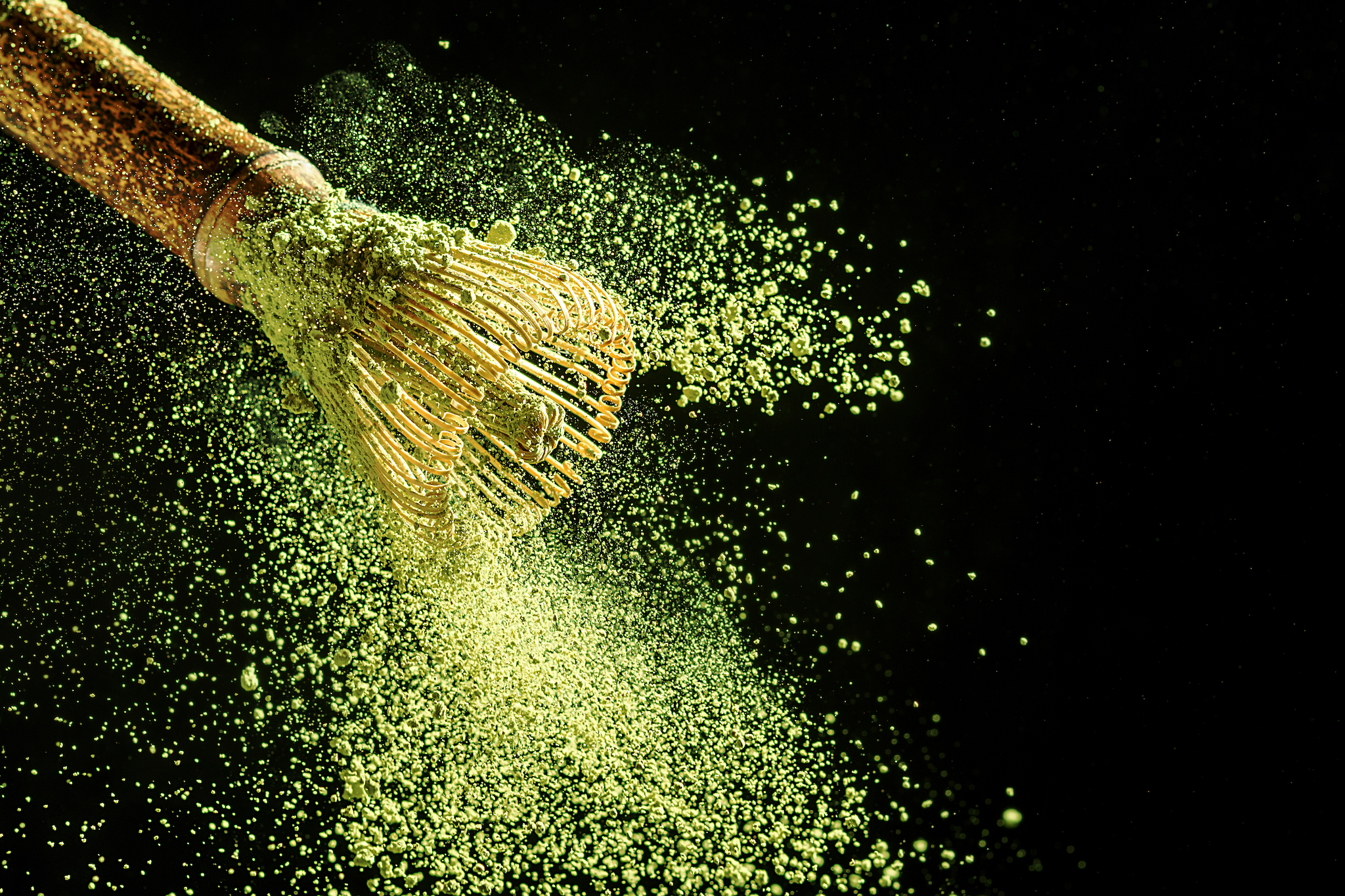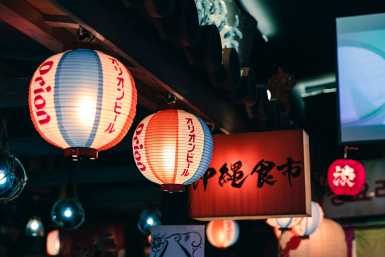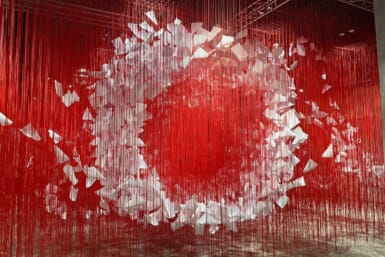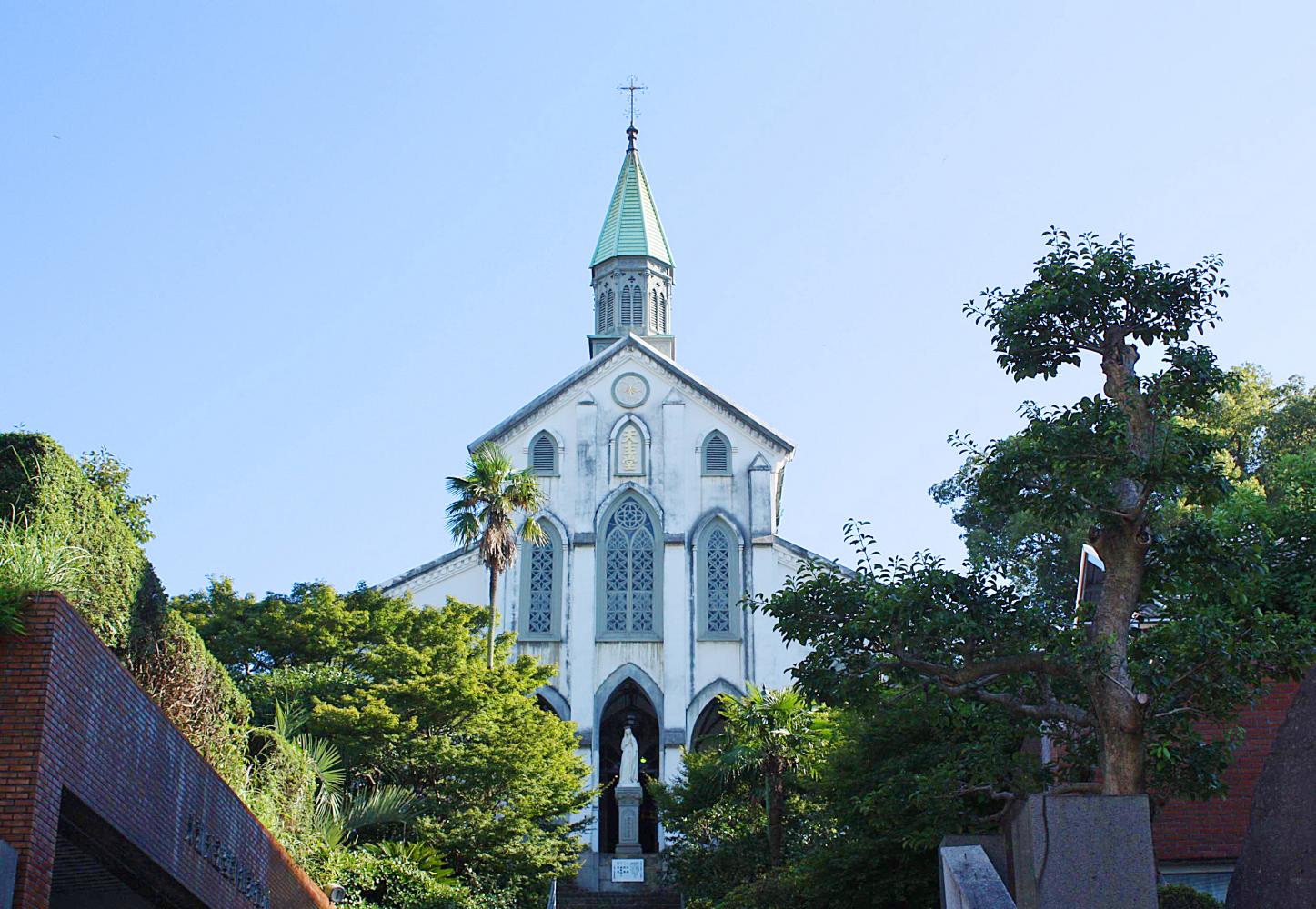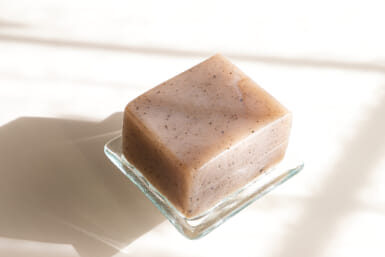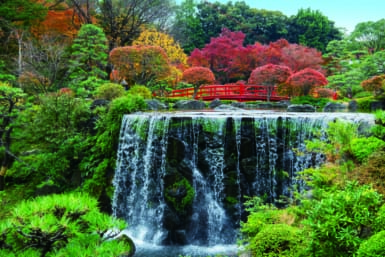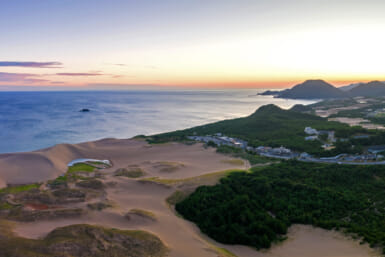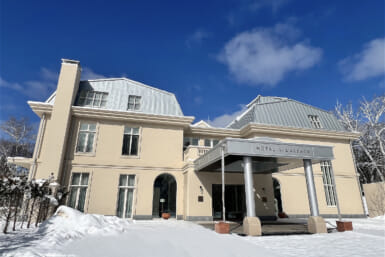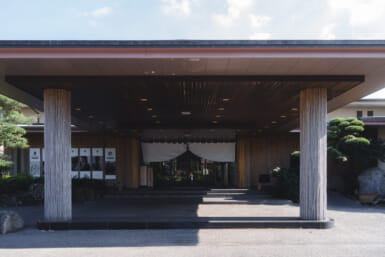Matcha: It’s got cultural cachet and huge health benefits. Now seen as a coffee alternative, the powdered tea is experiencing an unprecedented surge in interest — as are the Japanese brands that produce it. If you’ve tried using the most affordable powder for your matcha latte like most initiates, you know how crucial it is to acquire a high-quality option. But what constitutes “high quality” anyway? The term “ceremonial grade” frequently pops up online, but it’s partially a marketing term for non-Japanese consumers. That is, there are no definitive criteria for ceremonial-grade matcha, enabling Western businesses to use the word freely.
Instead, matcha powders sold in Japan are usually divided into two major categories: culinary-grade and drinking-grade matcha. The former tends to be packaged in zip-close bags and is often sold at grocery stores, while the latter tends to be sold in small metal cans at specialty stores. If you’re hoping to use the powder for iced or warm matcha lattes, avoid culinary-grade matcha — it’s too coarse and bitter. Choosing the right drinking-grade matcha powder among a sea of options, however, can be overwhelming. Read on for some brand introductions and beginner-friendly flavor recommendations.
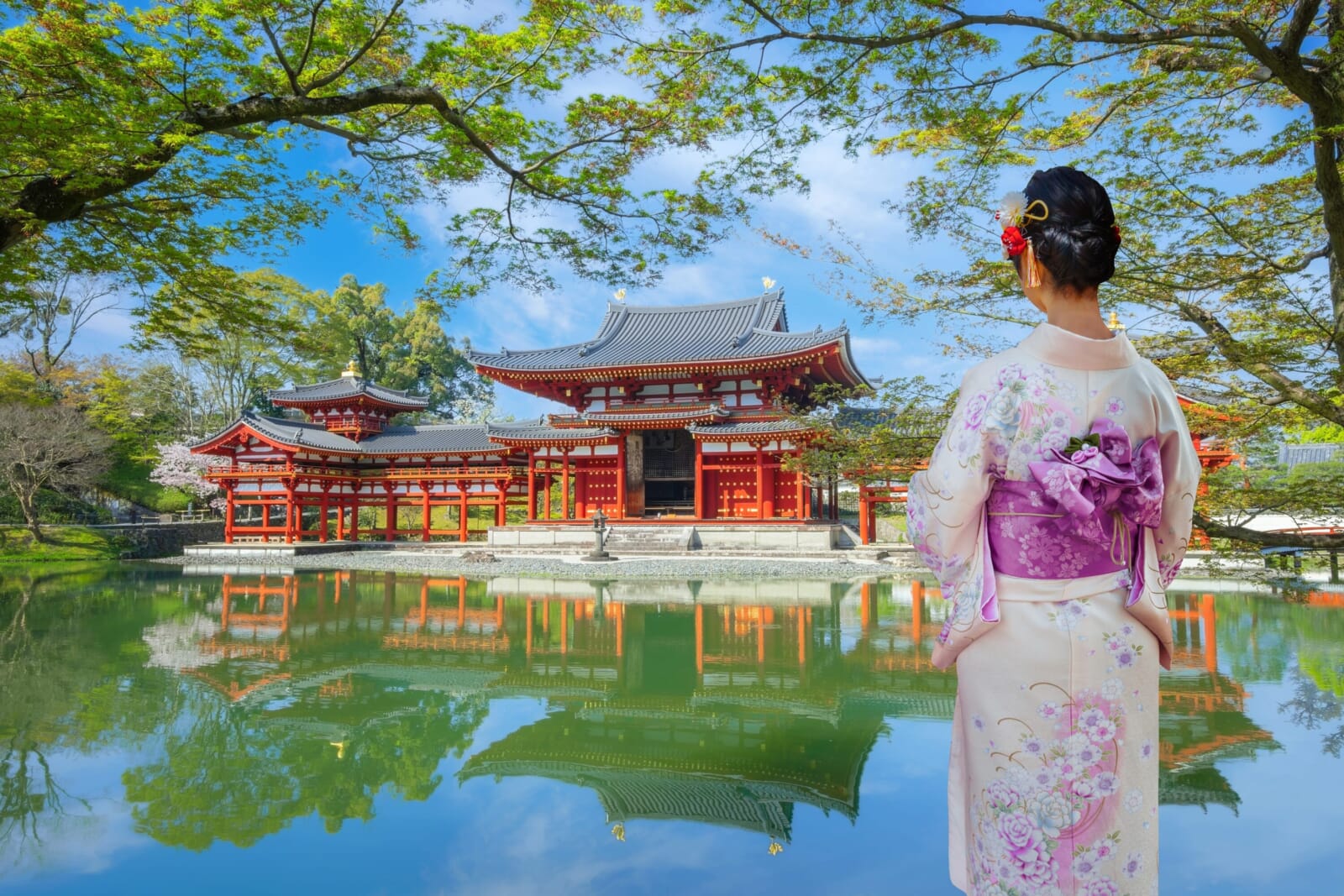
Byodoin Temple of Uji City, Kyoto
Assessing the Quality of Matcha
Uji Matcha: The Gold Standard
Let’s start with some basic information about how green tea is produced and sold in Japan. First, it is widely understood that Uji tea is the best in the market. Generally, the term refers to tea produced with the best techniques and in optimal climates in the four prefectures of Kyoto, Nara, Shiga and Mie. Sencha (green tea made with rolled leaves) and matcha (green tea made with ground leaves) grown and processed in Uji city, Kyoto, are considered to be the best of the best.
The Shading Period of Matcha
Unlike sencha tea leaves, which are grown in the sun, tencha tea leaves, the raw material for matcha powder, require shaded growth. The length of time that the leaves are shaded determines their quality. Longer shading periods produce matcha with less bitterness and richer umami flavor. Exposure to sunlight causes the leaves to lose L-theanine, an amino acid that creates the umami flavor; sunlight also increases the catechin content, creating bitterness. After the tea leaves are harvested, they’re steamed and quickly cooled to preserve their freshness, bright color and aroma. Once they go through the stages of drying and stem-cutting, they’re shipped out to tea mills to be stone-ground and packaged.
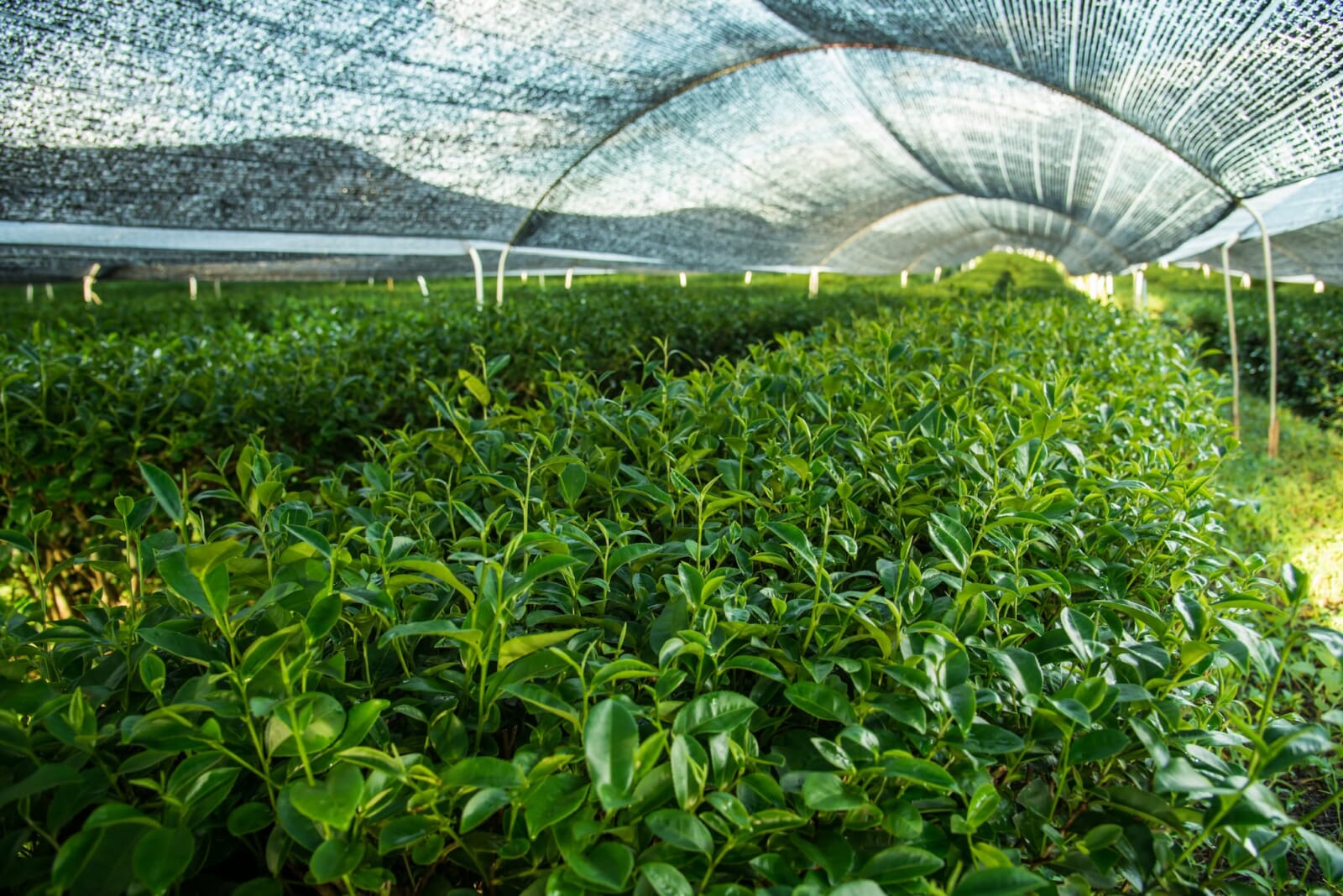
Shaded matcha leaves at a tea plantation in Uji, Kyoto
Matcha Powder Terms: Usucha and Koicha
There are different ways to enjoy premium matcha powders. Tea ceremony practitioners use the terms usucha (thin tea) and koicha (thick tea) for drinking matcha. These terms refer to the way straight matcha is prepared rather than to the quality of the matcha powder. Usucha is prepared by brewing about 1.5 to 2 grams of matcha with about 60 to 70 milliliters of hot water, while koicha doubles the ratio of matcha to water, creating a much denser mixture. This means that koicha tends to require the highest quality of matcha, as lower-grade matcha would be too bitter or astringent.
As the average matcha beginner today focuses on whipping up the perfect matcha latte rather than drinking it straight, getting the highest-quality matcha isn’t necessarily a priority; the milk and flavorings used will offset some of the bitterness.
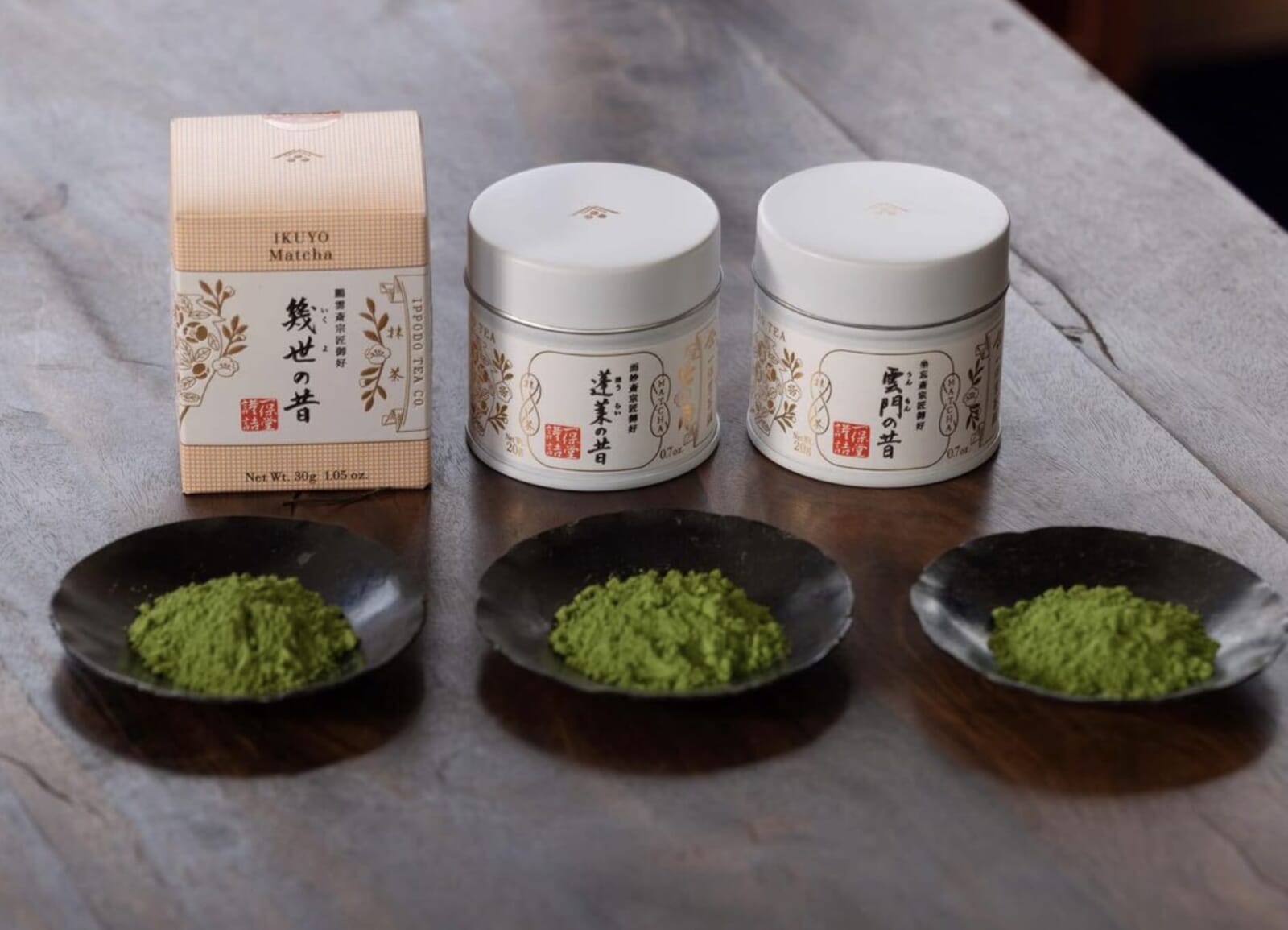
Courtesy of Ippodo
Best Matcha Powder Brands and Flavors
Ippodo
Ippodo, the most popular matcha brand among foreigners, is a household name with a history stretching back three centuries to the year 1717. Originally a tea and ceramics shop named Omiya, it was renamed Ippodo, which translates to “preserve one,” in 1846 at the suggestion of Prince Yamashina Akira, a member of a now-defunct collateral branch of the imperial family. According to Ippodo’s website, the prince was apparently delighted by the shop’s tea and encouraged it to continue one tradition — that of providing high-quality tea. Ippodo continues to follow this mission locally and globally. You can find its items online, in stores across Japan and at select specialty tea stores.
Hatsu-Mukashi
Hatsu is the cheapest option in Ippodo’s matcha line. Due to its slightly lower quality, its flavor profile leans toward bitter rather than sweet. However, it’s still a great option for beginners who don’t want to commit to a higher-priced can. It’s worth noting that Hatsu comes in a plastic packet inside a box and not an airtight metal container. Make sure to seal the matcha properly after each use.
Price: ¥700 for 40g
Ikuyo-no-Mukashi
Ikuyo, also with box packaging, is another relatively affordable option. It possesses a pleasant, mellow fragrance. Its initial taste is quite sweet, and it goes well with different kinds of milk. Some describe it as being almost too sweet and creamy, but for those who like their matcha with minimal bitterness, Ikuyo is the way to go.
Price: ¥1,200 for 30g
Sayaka-no-Mukashi
Sayaka is Ippodo’s most popular matcha, and for good reason. It achieves the perfect balance between bitter and sweet notes, and sharpness and umami. Its richness also makes it ideal for creamier matcha lattes. Sayaka leans toward floral rather than vegetal notes, and Ippodo recommends pairing it with bitter chocolate or candied orange peels if you’re drinking it straight.
Price: ¥2,800 for 40g
Kuon
Kuon, from Ippodo’s “premium select series,” is one of its most expensive matcha powders. It’s made exclusively with young tea leaves grown in near darkness and is handpicked in limited quantities. It has a vibrant green color, a sweet fragrance and a flavor that leans toward nutty and grassy rather than floral. This luxurious option is great if you’re willing to spend more or are shopping for a matcha lover.
Price: ¥4,000 for 20g
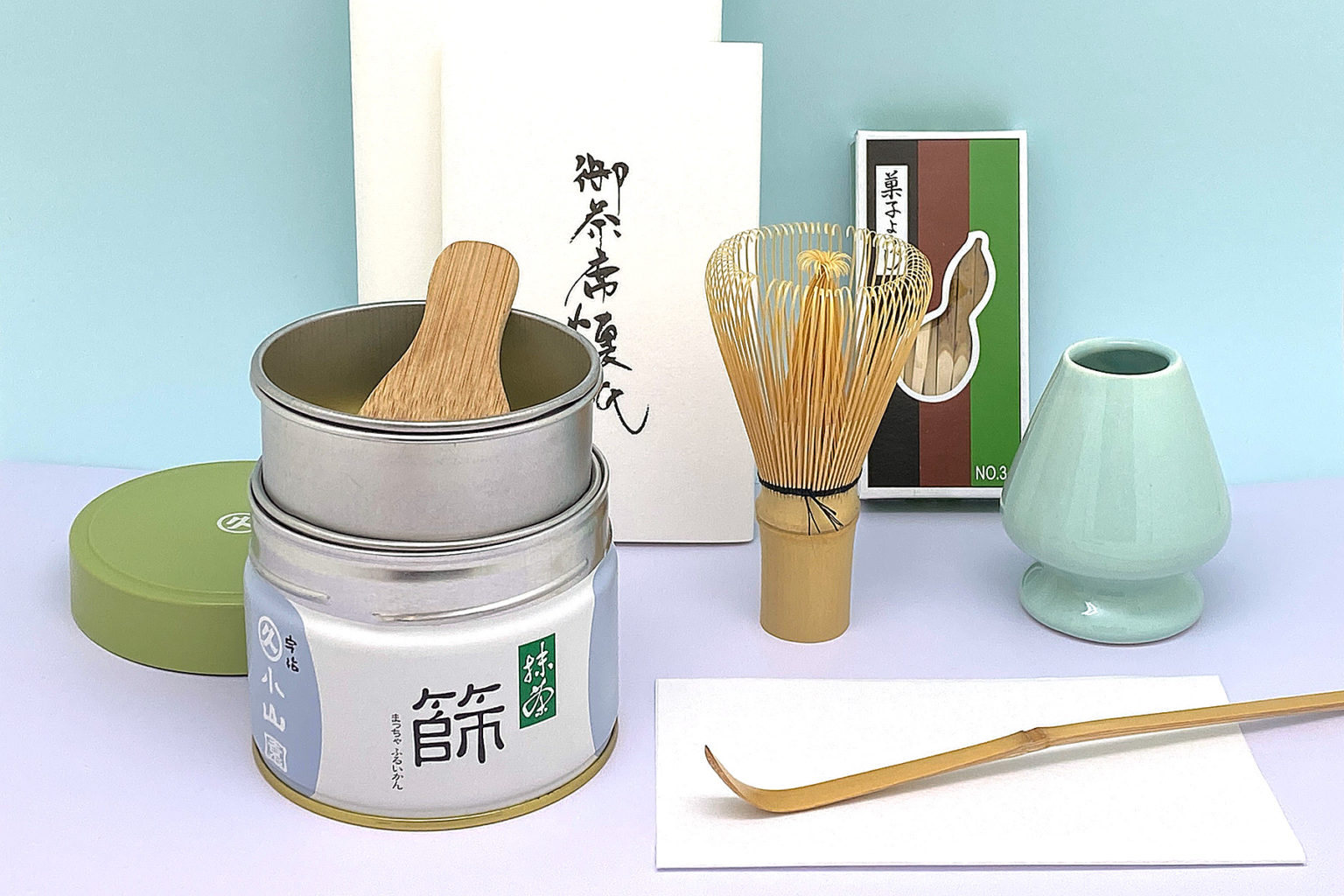
Courtesy of Marukyu Koyamaen
Marukyu Koyamaen
Marukyu Koyamaen is Ippodo’s biggest competition in terms of its current popularity worldwide. This beloved tea brand was founded in 1704 in Ogura, Uji. The company, which has a private tea estate in the heart of Uji, combines modern and traditional methods to make its high-quality tea. Its matcha can be found in upscale hotels, at prominent shrines and temples and in the tearooms of many of Japan’s tea schools. If you find yourself in the vicinity of Nakagyo ward, Kyoto, visit Marukyu Koyamaen’s Nishinotoin Tea Shop & Motoan Tea House to shop its products and enjoy matcha sweets. Otherwise, you can find shops in Uji (the main store) and at Kyoto’s Isetan and Takashimaya department stores.
Aoarashi
Aoarashi has been receiving a lot of love on social media lately due to its reasonable price and neutral taste. It also boasts a delightfully evocative name: “Aoarashi,” literally “blue storm,” refers to the strong winds and new greenery of early summer. Marukyu Koyamaen describes this entry-grade matcha as “refreshing” and ideal for usucha (thin tea). In our opinion, this slightly bitter option is the perfect starter matcha.
Price: ¥1,000 for 40g
Isuzu
Savor the delectable balance between umami and bitterness in Marukyu Koyamaen’s Isuzu matcha. Its name, which means “50 bells,” was inspired by the Isuzu River, which runs beneath the bridge leading to Ise Jingu, Japan’s most sacred shrine. Marukyu Koyamaen suggests using Isuzu for usucha or mixing it with milk. Expect a bolder and sharper flavor in Isuzu than in the much-loved Aoarashi.
Price: ¥1,250 for 40g
Wako
Wako is one of the highest-graded powders in Marukyu Koyamaen’s usucha line. It has a full-bodied, rounded flavor with minimal tartness and a lingering sweet taste. When drinking this tea straight, Marukyu Koyamaen suggests pairing it with any kind of sweet treat.
Price: ¥2,400 for 40g
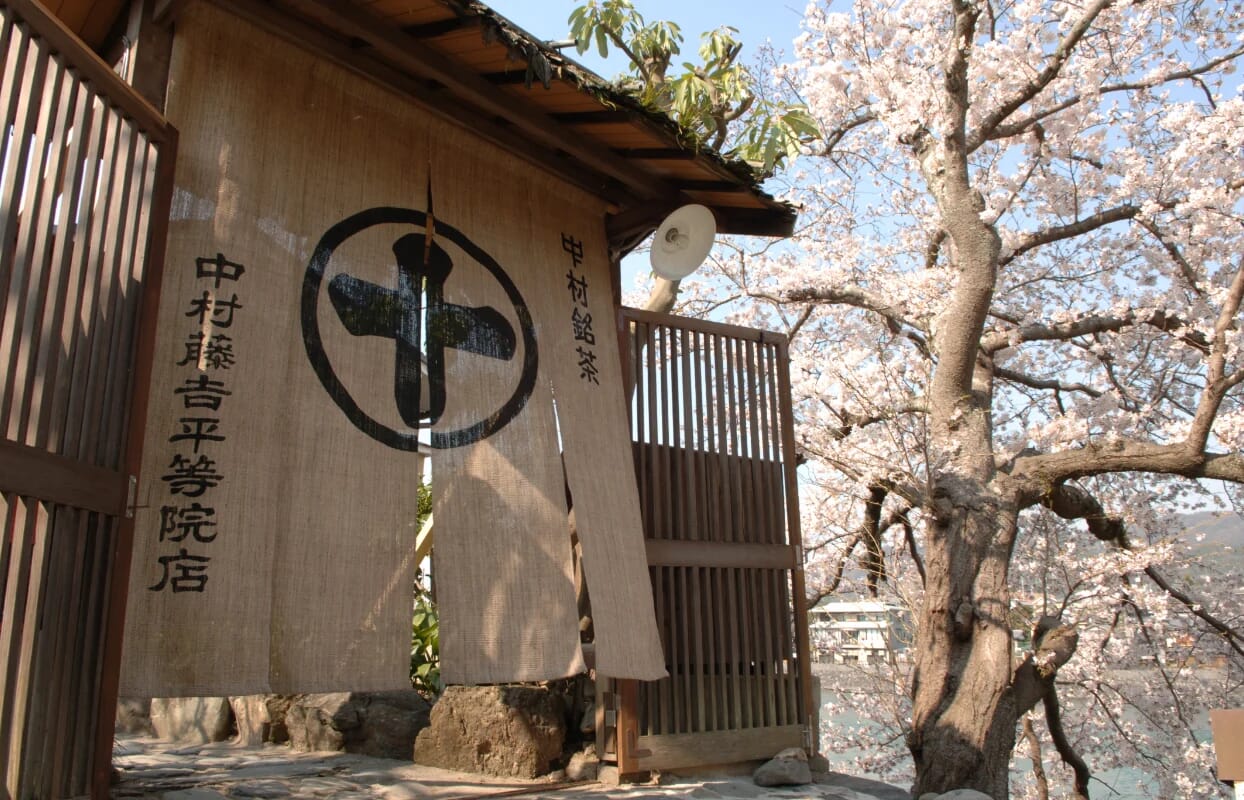
Nakamura Tokichi Byodo-in Store
Nakamura Tokichi
Having been founded in 1854, Nakamura Tokichi dates back to the waning years of the Edo period (1603–1867). Notable moments from its history include Nakamura Tokichi III serving as mayor of Uji in 1912 and the company offering tea in commemoration of Emperor Taisho’s enthronement ceremony in 1915. Nakamura Tokichi offers a wide range of high-quality tea in addition to matcha, like its signature Nakamura-cha, which blends seven types of green tea. Two branches of Nakamura Tokichi can be found in Uji — Nakamura Tokichi Honten, the main store, and Nakamura Tokichi Byodoin-ten, located next to Byodoin Temple, a World Heritage Site. Check the store list for information on branches in Kyoto, Osaka and Tokyo.
Seikan-no-Shiro
Seikan-no-Shiro translates to “a pure and quiet white.” This is a more affordable matcha meant for usucha, with a delicate, light sweetness. Quite mellow with a silky aftertaste, Seikan-no-Shiro is a great option for those who don’t enjoy astringency.
Price: ¥1,500 for 30g
Hiroha-no-Shiro
Another usucha-grade tea, Hiroha-no-Shiro has a subtle umami flavor alongside some bitterness and acidity. However, its taste is primarily floral and sweet. It’s another good option for those who prefer a less intense matcha.
Price: ¥1,500 for 30g
Senun-no-Shiro
Senun-no-Shiro, or “the white of fresh clouds,” has a velvety texture and rich umami flavor despite being an usucha matcha. Flavor-wise, it has some bitterness and acidity. If you’re looking to try two different flavors from the brand, this is a good companion to the sweeter Seikan-no-Shiro.
Price: ¥1,500 for 30g
Sho-no-Mukashi
Sho-no-Mukashi, a smooth and full-bodied matcha with a deep umami flavor and some sweetness, can be used for both usucha and koicha. When drinking as a latte, this option will add a layer of depth to your drink.
Price: ¥2,000 for 30g
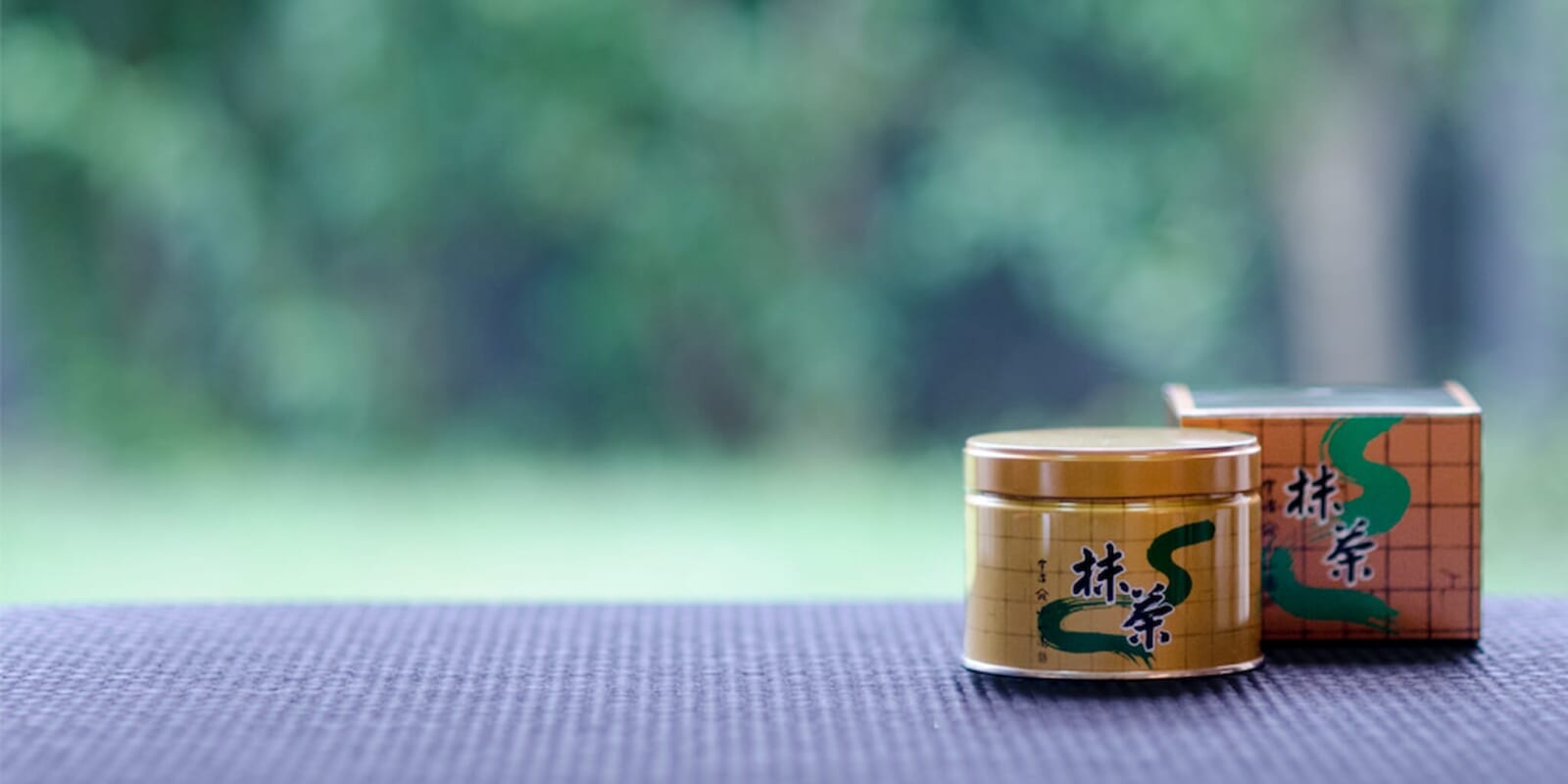
Courtesy of Yamamasa Koyamaen
Yamamasa Koyamaen
Yamamasa Koyamaen is another Uji-based brand with a long history. Its roots as a tea farm lie in the early Edo period, and its techniques have been passed down for generations. In 1861, under Yamamasa Koyamaen’s founder, Masajiro Koyama I, the company began manufacturing and selling tea in addition to managing tea fields. The company’s tea farmers are viewed as craftsmen, with the Yamamasa Koyamaen website describing their handling of tea leaves as “like painters who use various green pigments and dyes to weave a delicate world.” While Yamamasa Koyamaen doesn’t operate its own shops, it does provide a list of retailers where you can find the company’s products.
Ogurayama
Ogurayama is a velvety matcha ideal for usucha. Yamamasa Koyamaen’s most widely enjoyed tea, it features deep umami and subtle sweetness. It’s full-bodied and creamy and is a great option for those looking for an affordable matcha with a complex flavor. Ogurayama is a good starter for anyone interested in Yamamasa Koyamaen’s tea.
Price: ¥1,296 for 30g
Shikibu-no-Mukashi
A high-grade matcha for usucha, Shikibu-no-Mukashi has a strong umami flavor and a rich taste. Upon opening the can, you’ll encounter a sweet aroma that turns nutty when whisked with hot water. The texture is very creamy and slightly vegetal.
Price: ¥1,620 for 30g
Kuchigiri Matcha Tsubonishiki
Tsubonishiki is Yamamasa Koyamaen’s limited-edition autumnal matcha, which is only sold between mid-October and the end of December. It’s meant to be served at the Kuchikiri no Chaji tea ceremony, which marks the new year for tea ceremony practitioners. Traditionally, harvested tea leaves were placed into an airtight jar and opened at the start of winter, which coincides with early November in the modern calendar. Flavor-wise, Tsubonishiki is medium-bodied with a grassy aroma and slight astringency.
Price: ¥1,782 for 30g
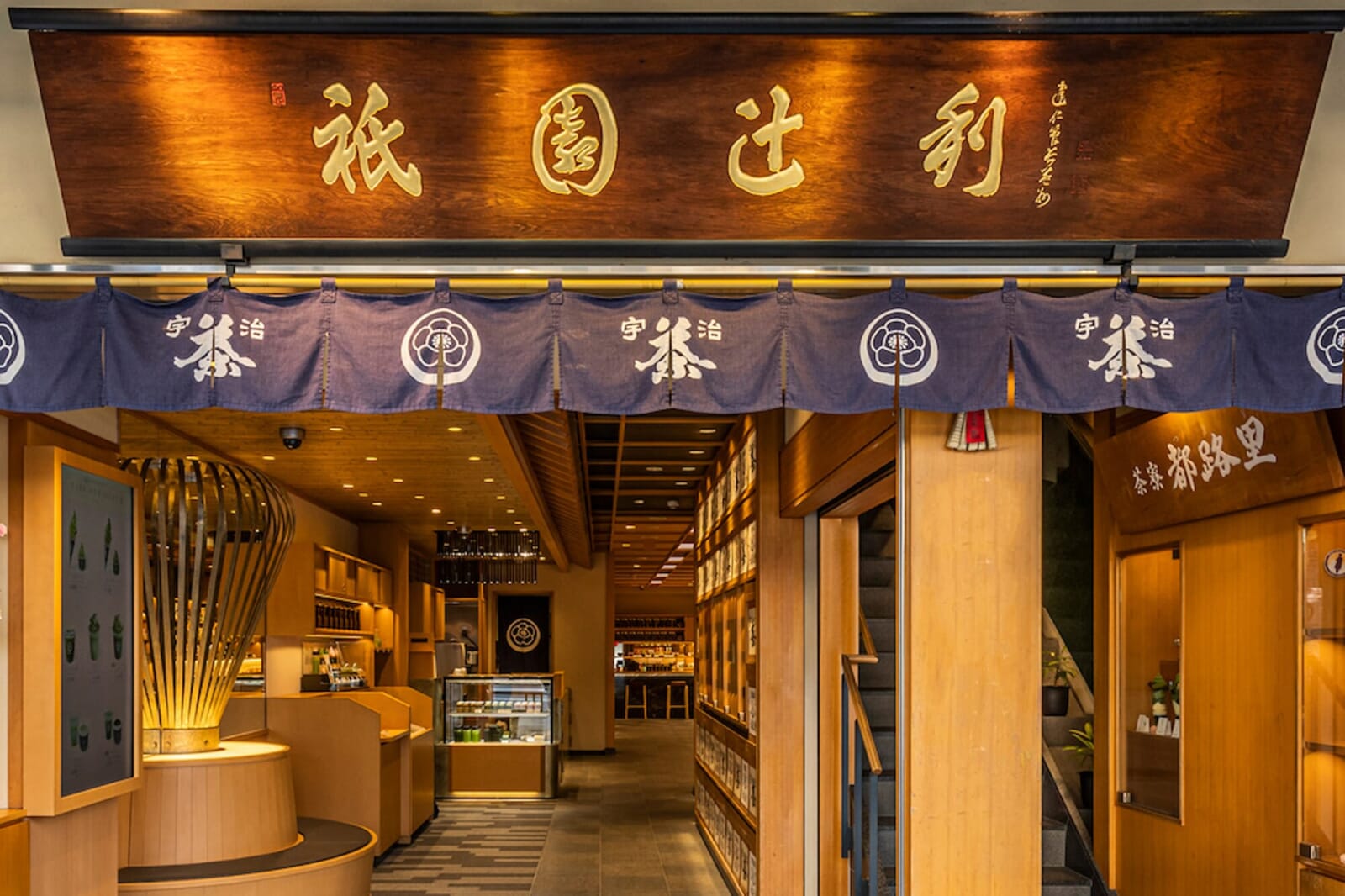
Gion Tsujiri main store, courtesy of Gion Tsujiri
Best Places To Buy Matcha
With matcha’s growing profile around the world, many popular brands are struggling to meet the global demand for quality matcha powder. When scanning online product pages, you may come across “sold out” signs on a variety of teas, which makes it difficult to try different kinds of matcha at home. You’ll likely have better luck visiting the various brands’ brick-and-mortar shops while traveling in Tokyo or Kyoto. You can also visit other specialty and general stores that carry matcha. Here are a few of them to consider:
Gion Tsujiri, Kyoto and Tokyo
This famous tea specialty store originates in 1860, in Uji. Check out its famed main store in the Gion neighborhood of Kyoto for the best curation of matcha, other teas and sweets. There are two other locations in Kyoto, one at Kyoto Station‘s Hachijo exit and the other at JR Kyoto Isetan Department Store. In Tokyo, head to Tokyo Skytree to visit the Gion Tsujiri Tokyo Skytree Town Solamachi Store or JR Tokyo Station to browse the Saryo Tsujiri Tokyo Daimaru Store.
Kaminari Issa, Tokyo
Known for its delicious matcha-themed sweets — including cream puffs, chocolates and mochi — Kaminari Issa has branches across Asakusa in Tokyo. Try the Hoki no Kiwami Gold, stone ground in Uji.
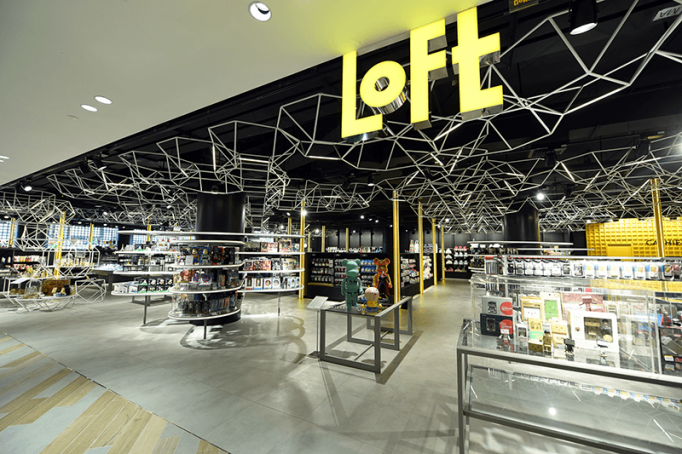
Loft, Japan-Wide
Loft is the ultimate destination to purchase souvenirs, whether cute chopstick holders, beauty products or stationery. Many Loft locations also stock matcha and other tea-related goods. One brand found at Loft is Horii Shichimeien. Give the Uji Mukashi a try if you can get your hands on it.
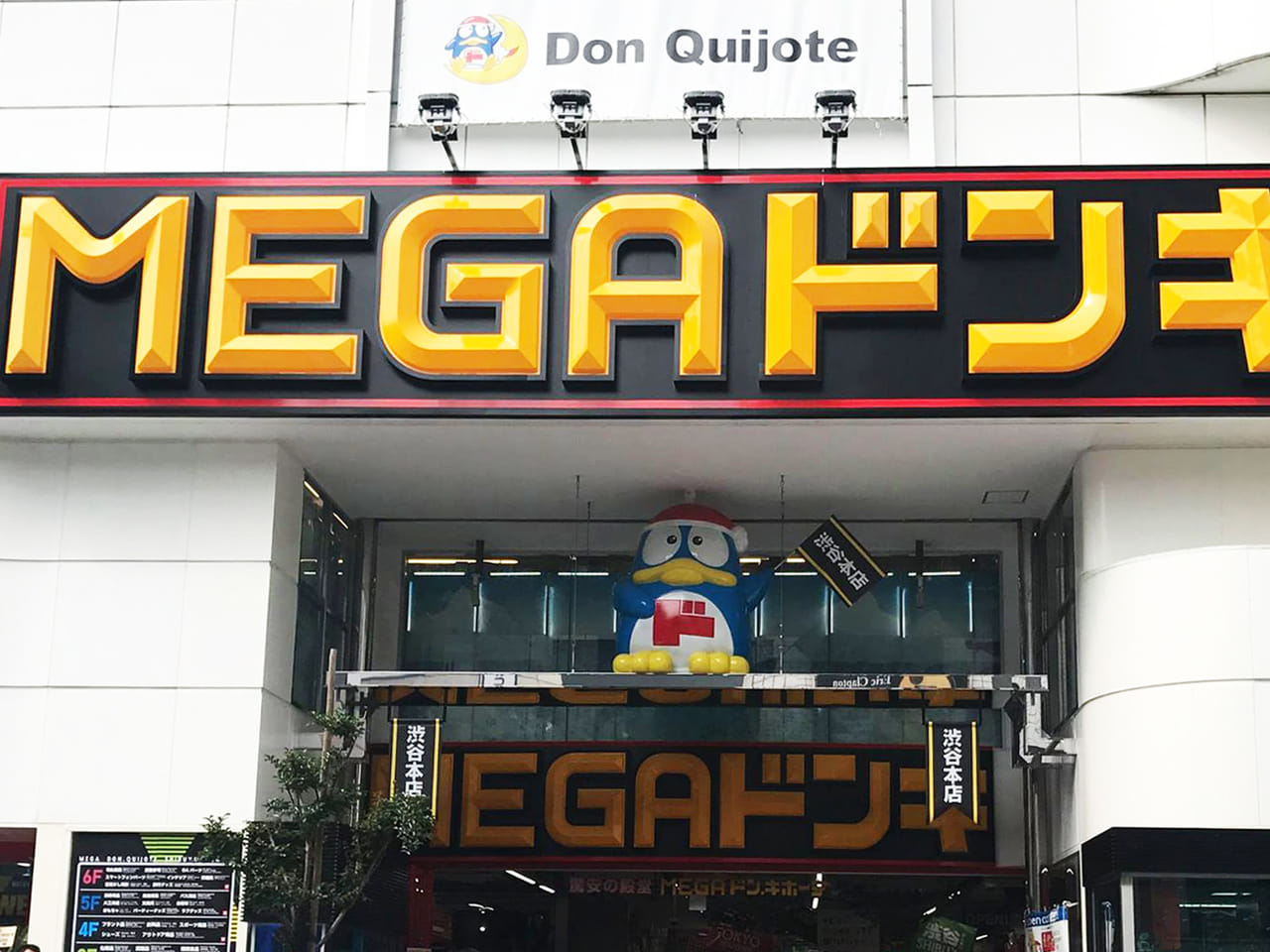
Don Quijote, Japan-Wide
Chances are, you’ll drop by at least one Don Quijote during your stay in Japan. Because of the popularity of all things matcha right now, Don Quijote carries an array of matcha powders and snacks. These may not necessarily be of the highest quality, but they’re worth a look, so do browse the selection at your closest Donki. You may also want to check grocery store tea aisles, which usually feature at least one brand of drinking-grade matcha.
Ikeda-ya, Tokyo
If you’re on matcha-tok, you’ve definitely heard of this small tea specialty store in Shinjuku Station. Ikeda-ya, established in 1945, presents an amazing selection of matcha products. The store features everything you need as a matcha lover, including whisks, beautiful bowls and — gasp! — Marukyu Koyamaen powders. Keep in mind that due to its social media exposure, you may be facing some crowds.

